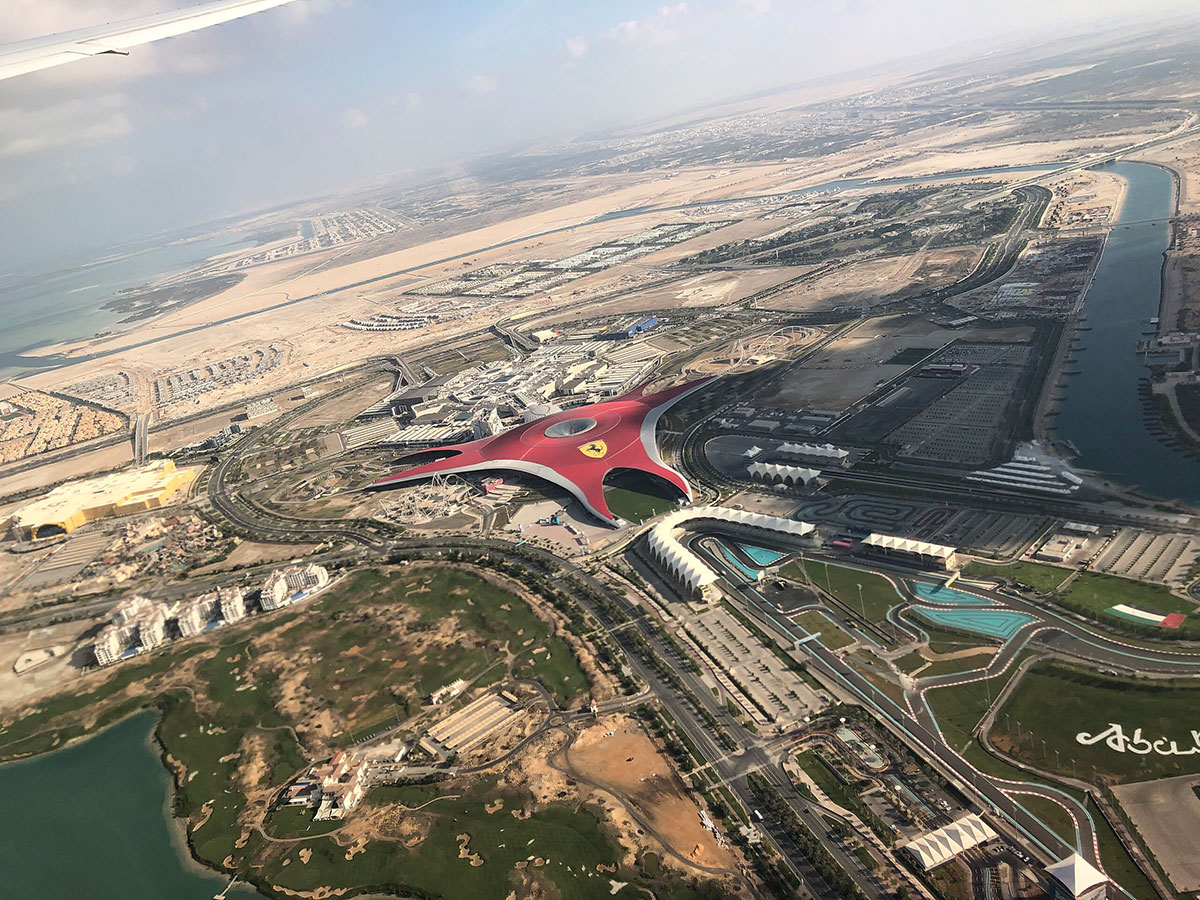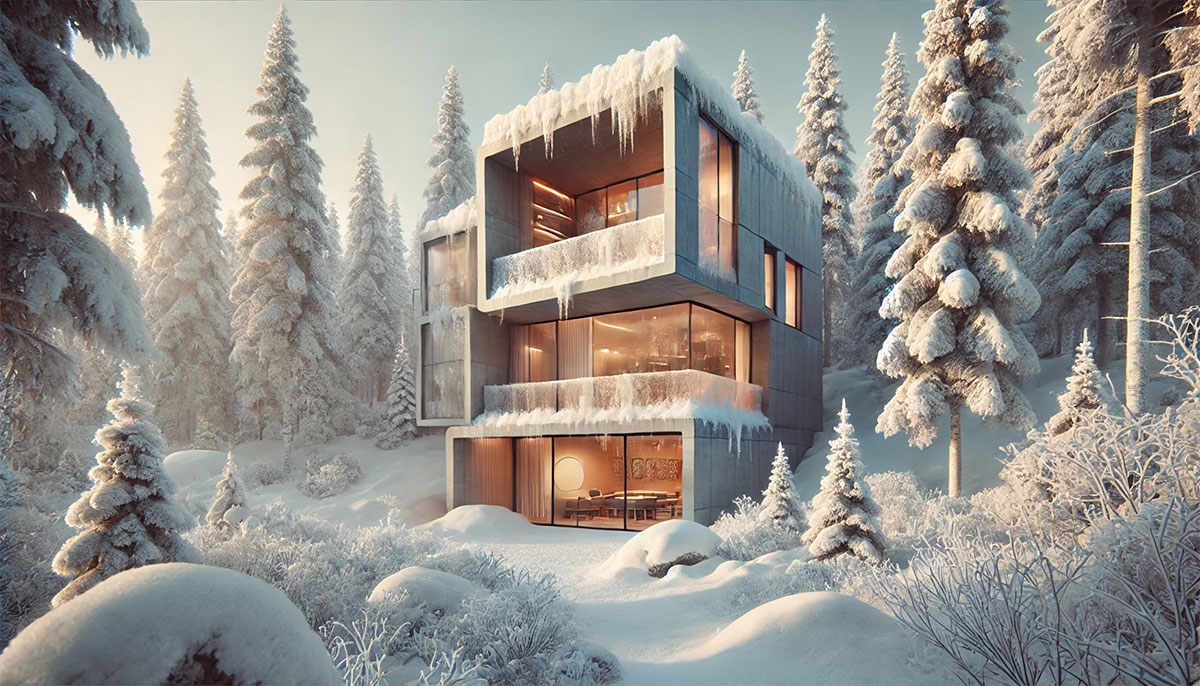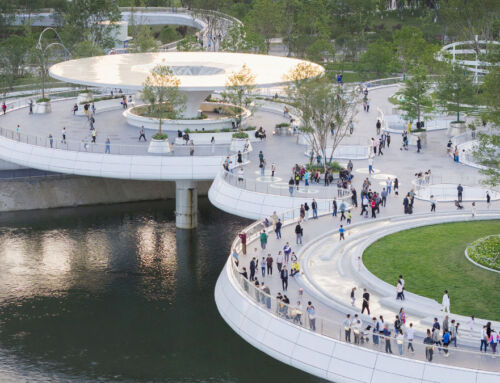The climate control of attractions in theme parks, water parks or other leisure and tourism facilities located in northern and southern latitudes, where the heat is intense most of the year or, conversely, where the freezing cold is constant, represents a complex architectural challenge. The solution requires a precise balance between climate engineering, innovation and environmental awareness.
In the desert, the battle against high temperatures is fought with reflective enclosures that reject up to 90% of solar radiation, combined with evaporative systems that take advantage of the low ambient humidity. This is the case, for example, at Ferrari World Abu Dhabi in the United Arab Emirates. These methods are complemented by dynamic shading and natural ventilation.

Floness | wikimedia.org | CC BY-SA 4.0
Polar environments pose the reverse challenge: conserving heat. In these cases, structural insulation panels with aerogel cores achieve exceptional thermal values, while heat recovery systems transform energy from visitors and equipment into passive heating. Moreover, an architecture of angular geometries prevents the accumulation of snow and ice. An example of such an amusement park is the IceCube Experience in Lapland, Finland.
And what happens when seasonal fluctuations are extreme? Attractions like the Redwood Skywalk in California, USA, demonstrate how to adapt to them. Its walkway between giant sequoias uses composite materials with controlled thermal expansion coefficients, which prevent deformation as winters go from below freezing to 40°C summers, and vice versa. On the other hand, IoT (Internet of Things) systems dynamically adjust lighting and security devices according to conditions detected by environmental sensors.
Finally, we must consider the selection of materials and the use of local and renewable energy sources. Indeed, hydrophobic coatings that repel desert dust or frost-proof surfaces that prevent ice from adhering, or shape memory structures with a high tolerance to thermal contractions are some examples that help to meet the challenges of extreme climates. In addition, solar farms in arid climates, micro wind turbines in windy areas or geothermal systems in volcanic regions provide the clean energy needed for climate control.
By Juan Guardiola Cutillas, Senior Architect in the Architecture Department of Amusement Logic






